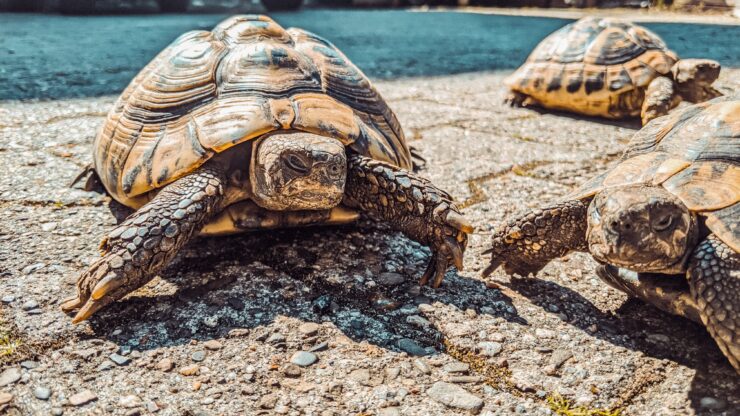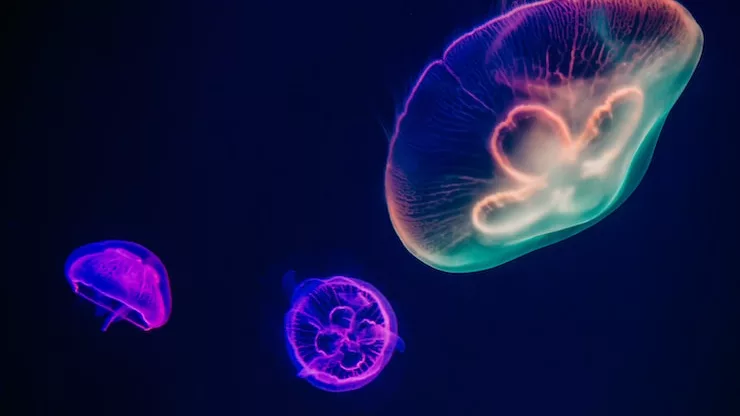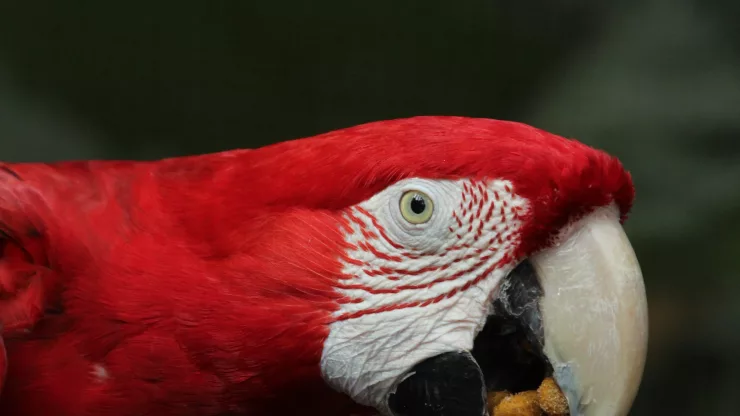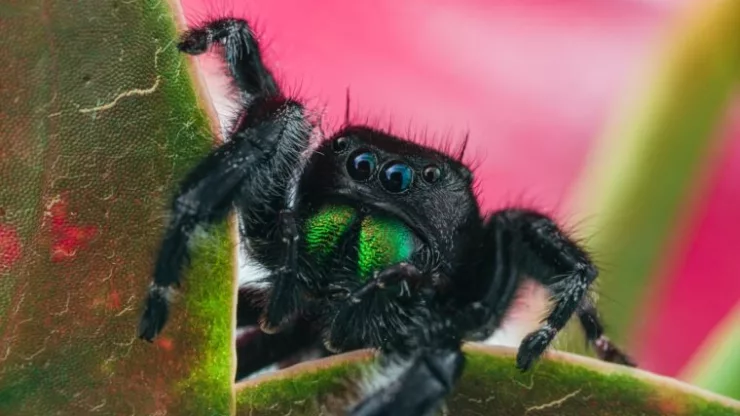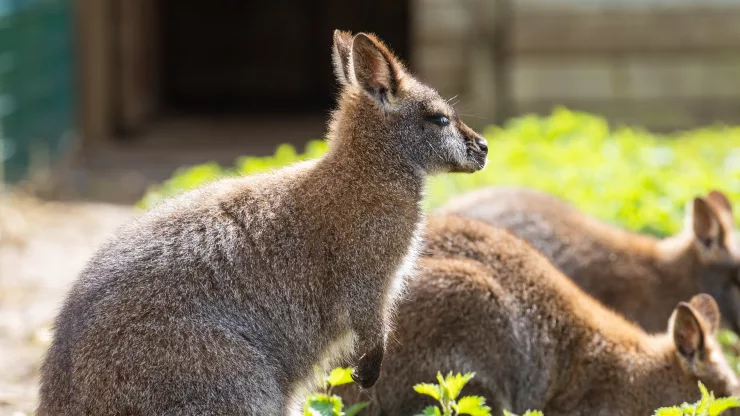Turtles are fascinating creatures that have captured the attention of people for centuries.
They are a group of reptiles that have been around for over 200 million years and can be found in different parts of the world, from the sea to the land.
Here are some interesting facts about turtles that you might not have known.
- Turtles are reptiles that have a hard bony shell that protects their body.
- The shell of a turtle is made up of two parts, the carapace (top) and the plastron (bottom).
- Turtles are cold-blooded, which means their body temperature changes according to their environment.
- Some turtles can retract their head and limbs into their shell for protection.
- The largest turtle is the leatherback sea turtle, which can weigh up to 2,000 pounds.
- Turtles can live for a very long time, some up to 150 years or more.
- Turtles are excellent swimmers and can hold their breath for a long time.
- Turtles have excellent eyesight and can see colors.
- Turtles are omnivores, which means they eat both plants and animals.
- Turtles are important to the ecosystem as they help maintain the balance of different species.
- Turtles have been featured in many cultures around the world, from ancient Egyptian hieroglyphs to modern-day cartoons.
- Turtles lay their eggs on land, and the eggs hatch after a few months.
- The sex of the turtle is determined by the temperature at which the eggs are incubated. Warmer temperatures produce females, while cooler temperatures produce males.
- Turtles have a unique ability to navigate long distances using the Earth’s magnetic field.
- The smallest turtle is the speckled padloper, which can fit in the palm of your hand.
- Turtles can feel vibrations in the water, which helps them detect prey and predators.
- The Kemp’s Ridley sea turtle is the most endangered sea turtle species.
- Turtles are cold-blooded, which means they need to bask in the sun to regulate their body temperature.
- Turtles have a strong sense of smell, which helps them locate food and find their way back to their nesting site.
- Turtles can’t survive in cold weather and hibernate in winter.
- Turtles have a streamlined body that helps them move quickly through water.
- The green sea turtle is the only species that is strictly herbivorous, feeding on seagrasses and algae.
FAQ
What is the difference between a turtle and a tortoise?
Turtles are aquatic or semi-aquatic, while tortoises are land-dwelling.
Can turtles breathe through their skin?
No, turtles cannot breathe through their skin. They need to come to the surface to breathe.
How do turtles mate?
Turtles mate through copulation, where the male mounts the female and fertilizes her eggs internally.
What is the purpose of a turtle’s shell?
A turtle’s shell provides protection to its body and allows it to retract its head and limbs for protection.
How do turtles find their way back to their nesting site?
Turtles use their sense of smell and the Earth’s magnetic field to locate their nesting site.
Where can I see turtles in the wild?
Turtles can be found in different parts of the world, from the sea to the land. Look for them in their natural habitats like rivers, lakes, and oceans.

I am a fun fact enthusiast and creator of Facts On Tap.
I love to share my knowledge and curiosity with readers and inspire them to learn something new every day.
When I’m not writing, I enjoy traveling, reading, and playing trivia games with my friends.
